
🌱 Taro Unraveled: The Hidden Power of This Ancient Root
Dive into the world of taro—a humble root with a bold legacy that has nourished civilizations for over 2,000 years. Known by its botanical name Colocasia esculenta, taro is far more than just a starchy vegetable. It’s a nutritional powerhouse, a culinary shapeshifter, and a symbol of cultural resilience from Polynesian islands to Southeast Asian villages.
Whether you’ve seen it in bubble tea or on your grandmother’s stove, taro is a root with stories to tell—and benefits to share.
🌿 Nutritional Riches: Why Taro Deserves Superfood Status
Taro is often overlooked in the West, yet it holds an impressive nutritional profile that rivals trendier health foods.
🌟 Key Nutrients in Taro Root:
-
High in Dietary Fiber – Supports digestion, feeds gut bacteria, and helps maintain bowel regularity
-
Rich in Vitamin C & Vitamin E – Strengthens the immune system, promotes healthy skin, and combats oxidative stress
-
Potassium & Magnesium – Regulate blood pressure, enhance muscle and nerve function, and reduce cramping
-
Slow-Digesting Carbs – Taro has a low glycemic index, offering steady energy and blood sugar control
-
Manganese & Copper – Important for metabolism, bone health, and antioxidant production
Taro is naturally gluten-free, vegan, and easily incorporated into special diets like paleo, anti-inflammatory, or plant-based plans.
If you're managing diabetes, training as an athlete, or simply want to nourish your body with ancestral foods, taro is a smart, sustainable choice.
🍛 Culinary Chameleon: From Comfort Food to Gourmet Treats
Taro's mild, nutty flavor and silky texture make it a favorite in both sweet and savory dishes. Its versatility across cuisines is nothing short of amazing.
🍽️ Savory Taro Dishes:
-
Mashed Taro – A creamy alternative to potatoes
-
Taro Fries or Chips – Crispy, flavorful, and lower in sugar than sweet potatoes
-
Curries & Stews – Adds body and richness to Southeast Asian and Indian-style dishes
-
Taro Gnocchi or Patties – Innovative fusion creations with classic comfort
🍰 Sweet Taro Creations:
-
Taro Bubble Tea – Iconic purple drink with earthy sweetness
-
Taro Ice Cream & Custards – Creamy and naturally colored
-
Taro Cakes & Pastries – Common in Chinese and Filipino desserts
🌍 Global Inspirations:
-
Poi in Hawaii – A sacred and nutritious taro paste
-
Gabi in the Philippines – Found in sinigang, laing, and more
-
Taro Chips in Fiji & Samoa – A local snack staple
-
Indian Arbi Dishes – Often spiced and stir-fried or used in curries
Taro can be boiled, roasted, fried, or blended, offering infinite possibilities for creative cooking.
🌍 Cultural Treasure: Taro as Heritage and Healing
Across continents, taro has been more than food—it’s been spiritual, symbolic, and essential.
🗿 Taro Around the World:
-
Hawai’i – Known as kalo, taro is considered a sacred ancestor of the Hawaiian people and plays a central role in myth and ritual
-
China & Southeast Asia – Associated with abundance and family unity, often served during Lunar New Year
-
Africa & the Caribbean – A critical staple for food security, with traditional uses in stews and porridges
-
India & Nepal – Used in fasting foods and Ayurvedic diets for its grounding, calming effects
Eating taro connects you not only to whole-body health, but also to generations of wisdom.
🍃 Don’t Forget the Leaves: A Green Superfood in Disguise
Taro leaves, shaped like giant hearts, are highly nutritious—but only when cooked properly.
🌿 Taro Leaf Benefits:
-
Rich in Vitamin A – Supports vision and skin health
-
Vitamin C & Antioxidants – Protect cells and strengthen immunity
-
Iron & Calcium – Great for bones and blood health
⚠️ Important: Raw taro leaves contain calcium oxalate, which can irritate the throat. Always boil or steam them thoroughly.
🍽️ Popular Leaf Dishes:
-
Laing (Philippines) – Stewed taro leaves in coconut milk, chilies, and shrimp paste
-
Callaloo (Caribbean) – A creamy, hearty green stew
-
Indian Patra – Rolled and steamed taro leaves with chickpea flour
🌱 Growing Taro: A Sustainable, Beautiful Crop
Taro is a champion of eco-friendly agriculture and home gardening.
🌾 Why Taro is Great to Grow:
-
Grows in wetlands or containers with minimal care
-
Perennial in tropical climates
-
Both root and leaves are edible
-
Has beautiful foliage, perfect for edible landscaping
Supporting taro farming helps promote agricultural biodiversity and climate-resilient food systems.
🍴 Beginner Tips: Cooking with Taro at Home
Ready to add taro to your menu? Start simple and enjoy the earthy flavor and creamy texture.
✅ How to Use Taro Root:
-
Always peel the skin with gloves (some varieties can cause itching)
-
Boil or steam until tender
-
Mash with butter or coconut cream
-
Bake as fries, or grate into fritters
-
Blend into smoothies, lattes, or desserts
📌 Pro Tip: Soak sliced taro in salted water for 10 minutes before cooking to reduce any bitterness.
✨ Final Takeaway: Why Taro Deserves a Spot in Your Kitchen
Taro is more than a trendy purple dessert. It's a link between past and present, a symbol of resilience and respect, and a nutrient-dense food that belongs on modern tables.
When you eat taro, you’re not just feeding your body—you’re honoring generations of wisdom, survival, and celebration.
🌍 Add a little taro to your day, and taste the legacy of a world that grows deep beneath the surface.
News in the same category

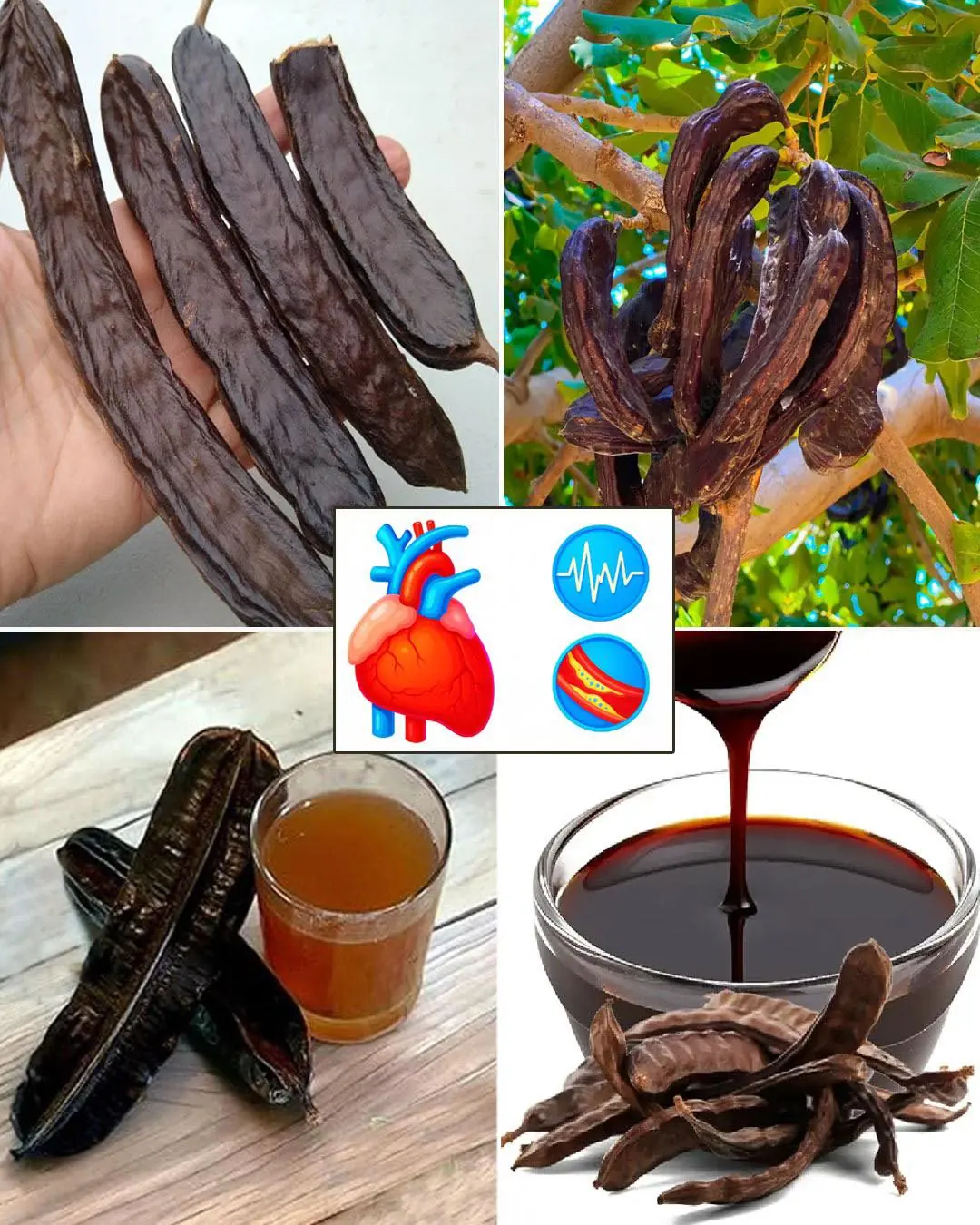
The Remarkable Benefits of Aridan (Tetrapleura tetraptera)
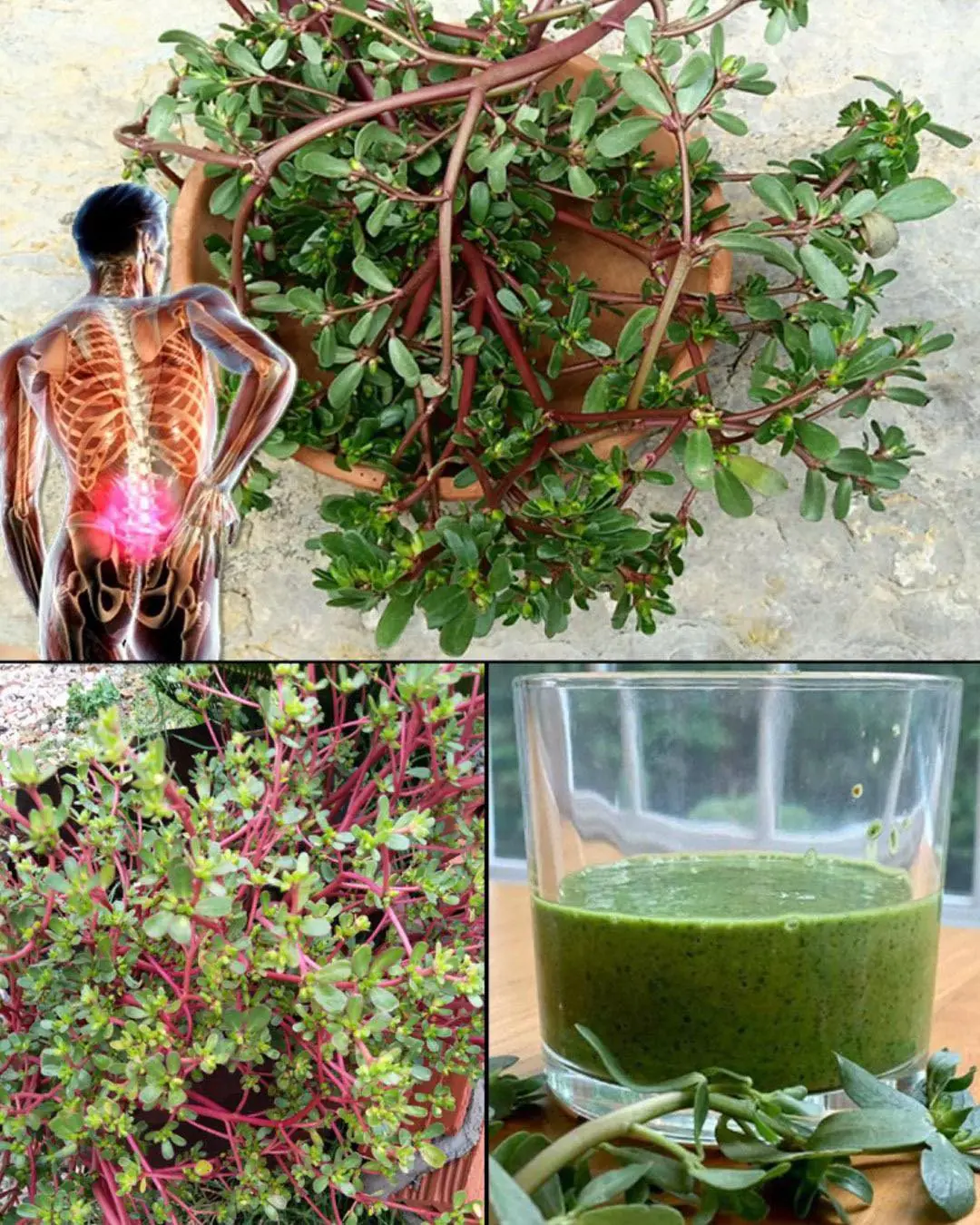
Purslane: The Superfood That Tastes Better Than Meat – 7 Reasons to Grow It in Your Garden
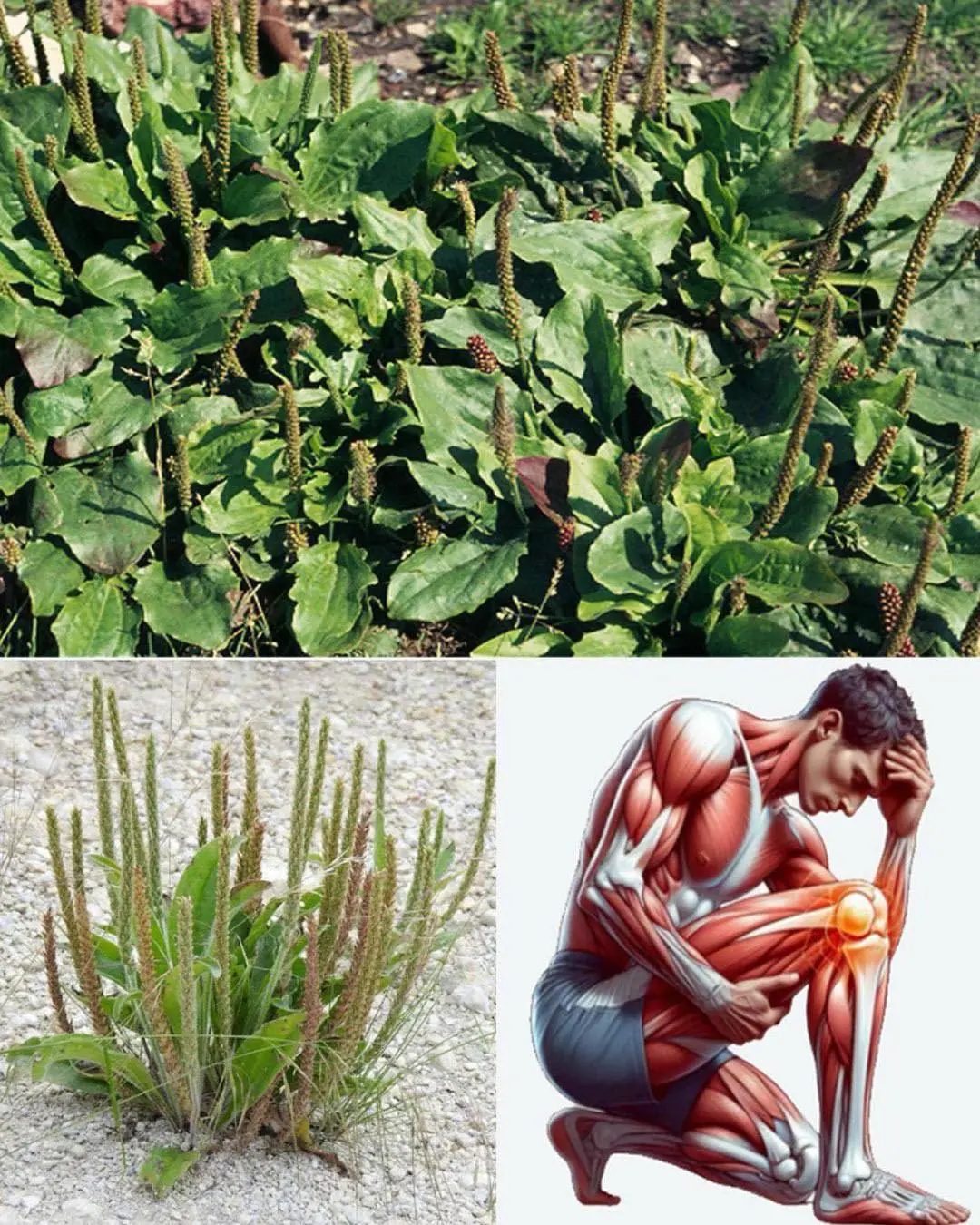
The Secret Power of Plantago Major that no one knows
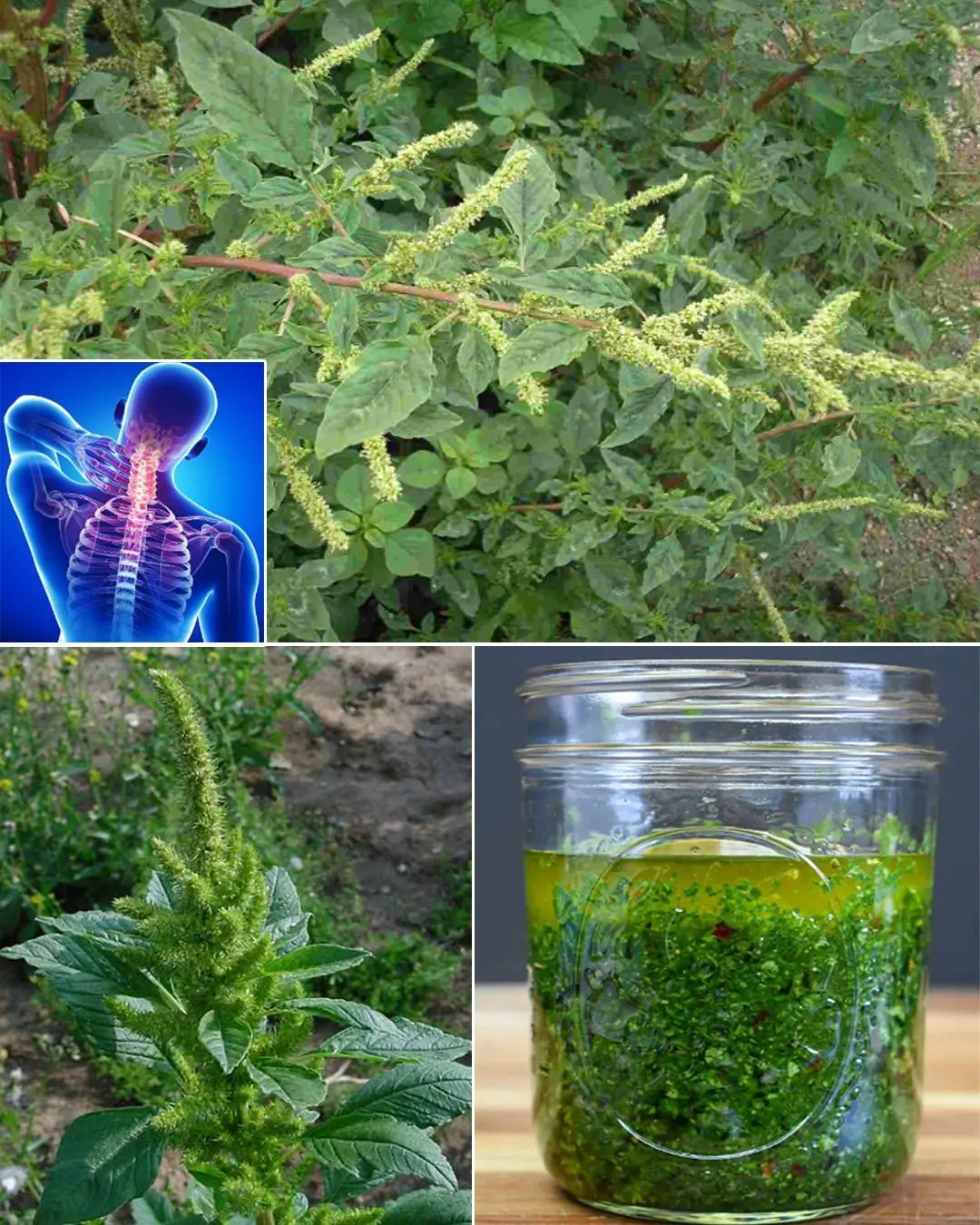
10 benefits of pigweed
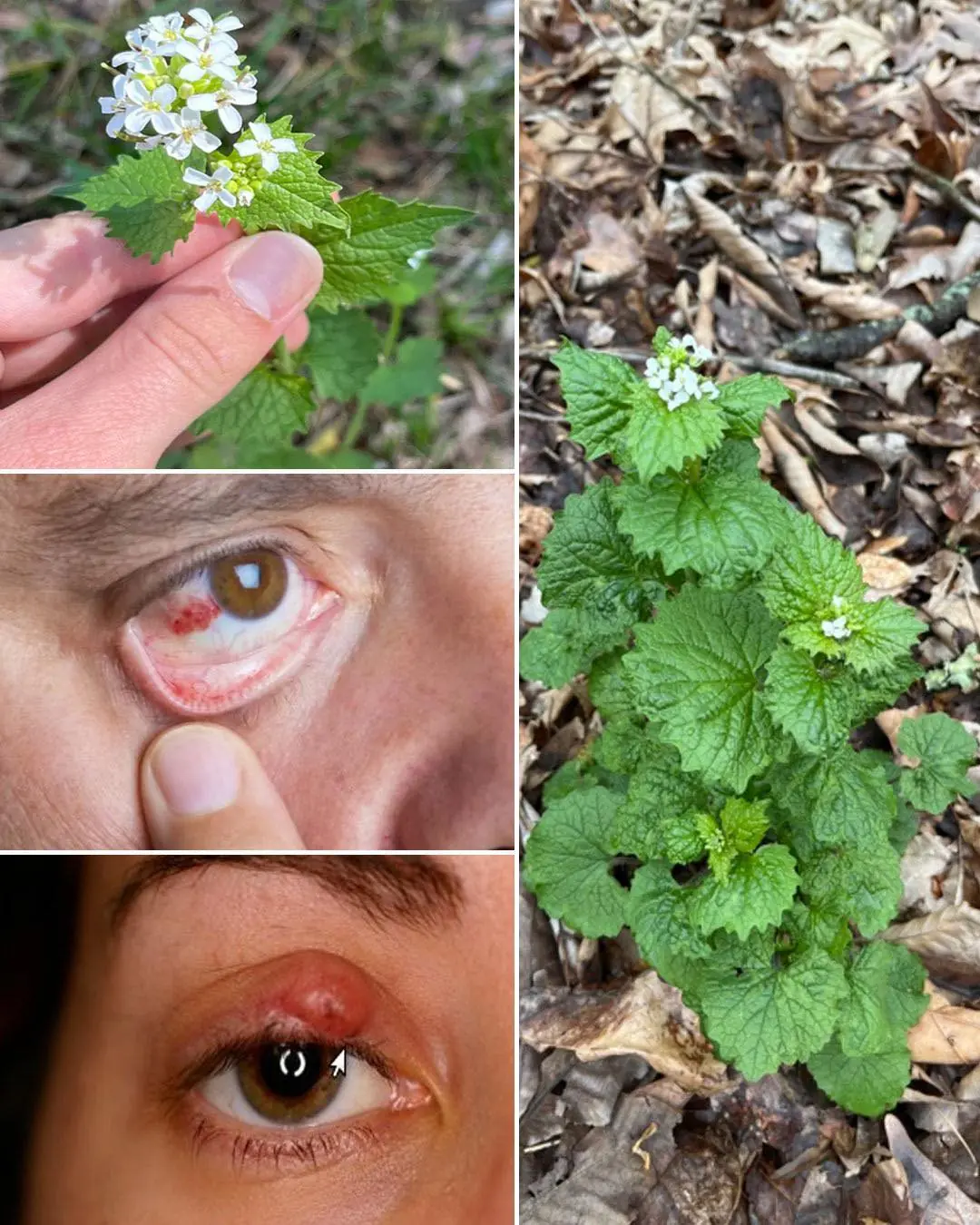
Garlic Mustard: The Overlooked Herb That Can Boost Your Health — Especially Your Eyes
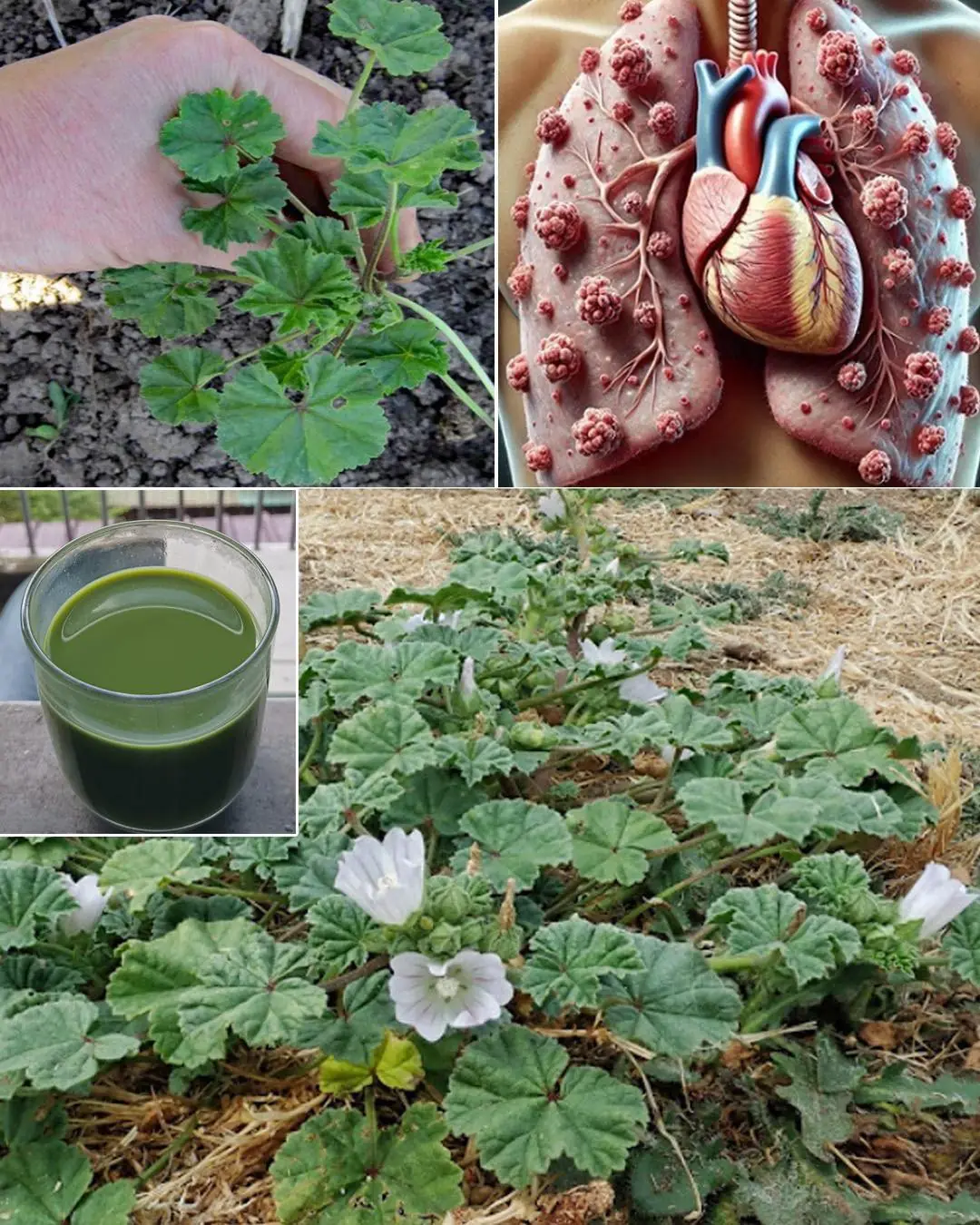
Exploring the Health Benefits of Common Mallow: A Nutritional Powerhouse
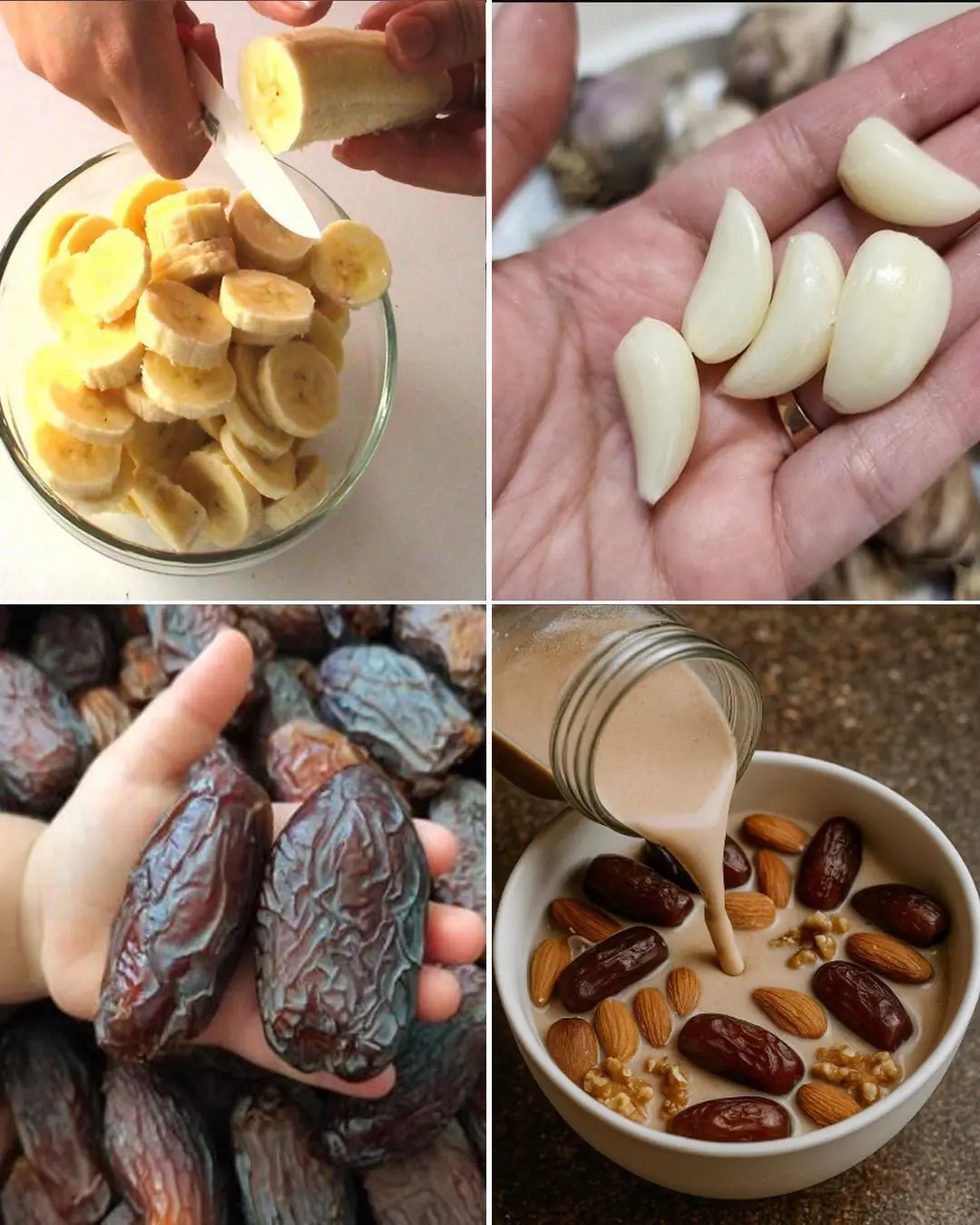
Bananas, Garlic, and Dates: The Powerful Health Combo

Benefits and Uses of Taro (Colocasia esculenta)

He Didn’t Leave Me Alone All Night! 😍 Banana and Toothpaste Trick for Bigger & Stronger Results in Just 30 Minutes

Don’t Toss Banana Peels If You Don’t Know How They Can Boost Your Wellness

Cancer Dies When You Eat These 8 Foods: Harnessing Nature’s Power
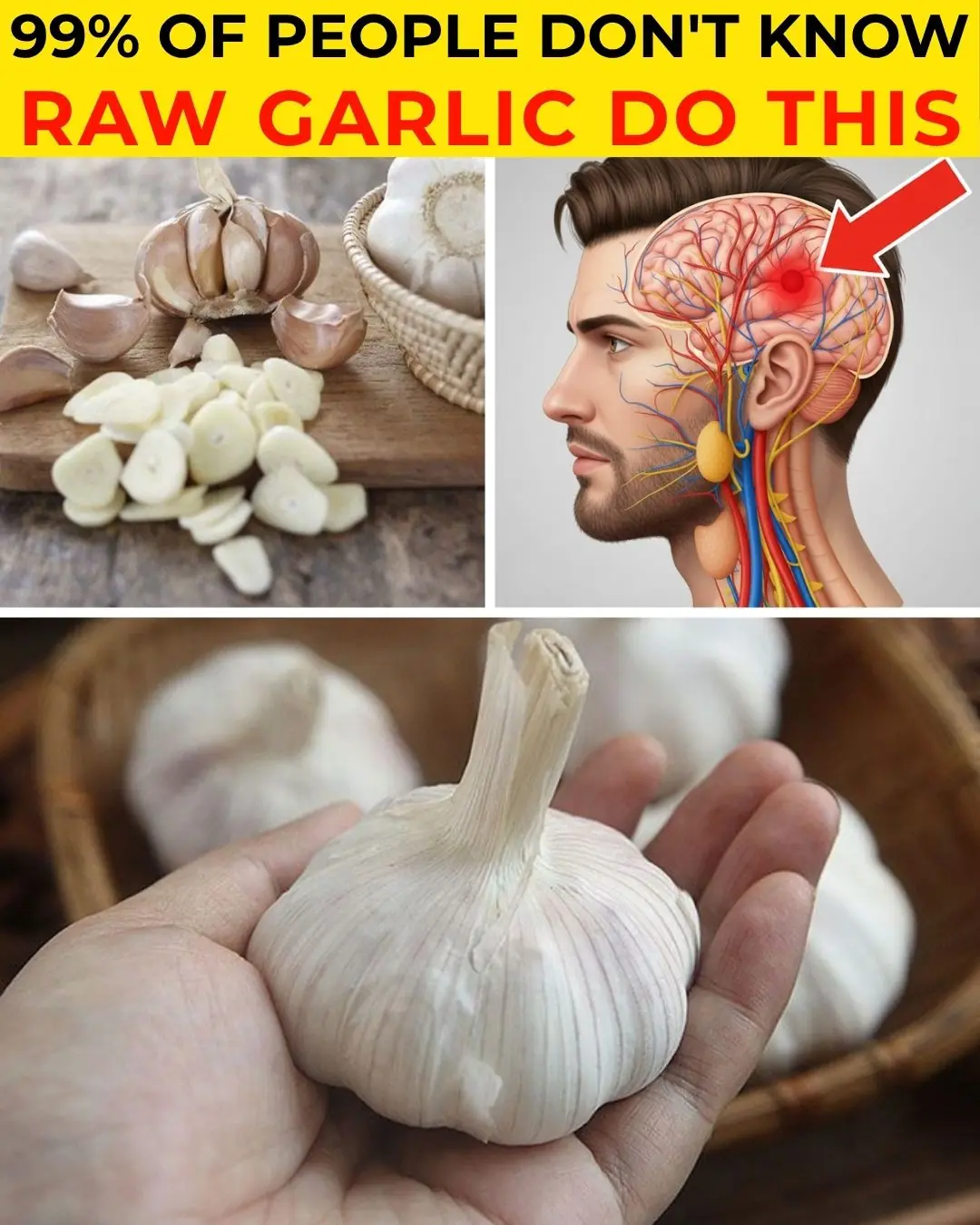
Japan’s Oldest Doctor: Can’t Sleep Through the Night? Use Garlic This Way for Deep Rest in 3 Nights

🌱 How Papaya Seeds Can Erase 10 Common Health Issues Naturally!
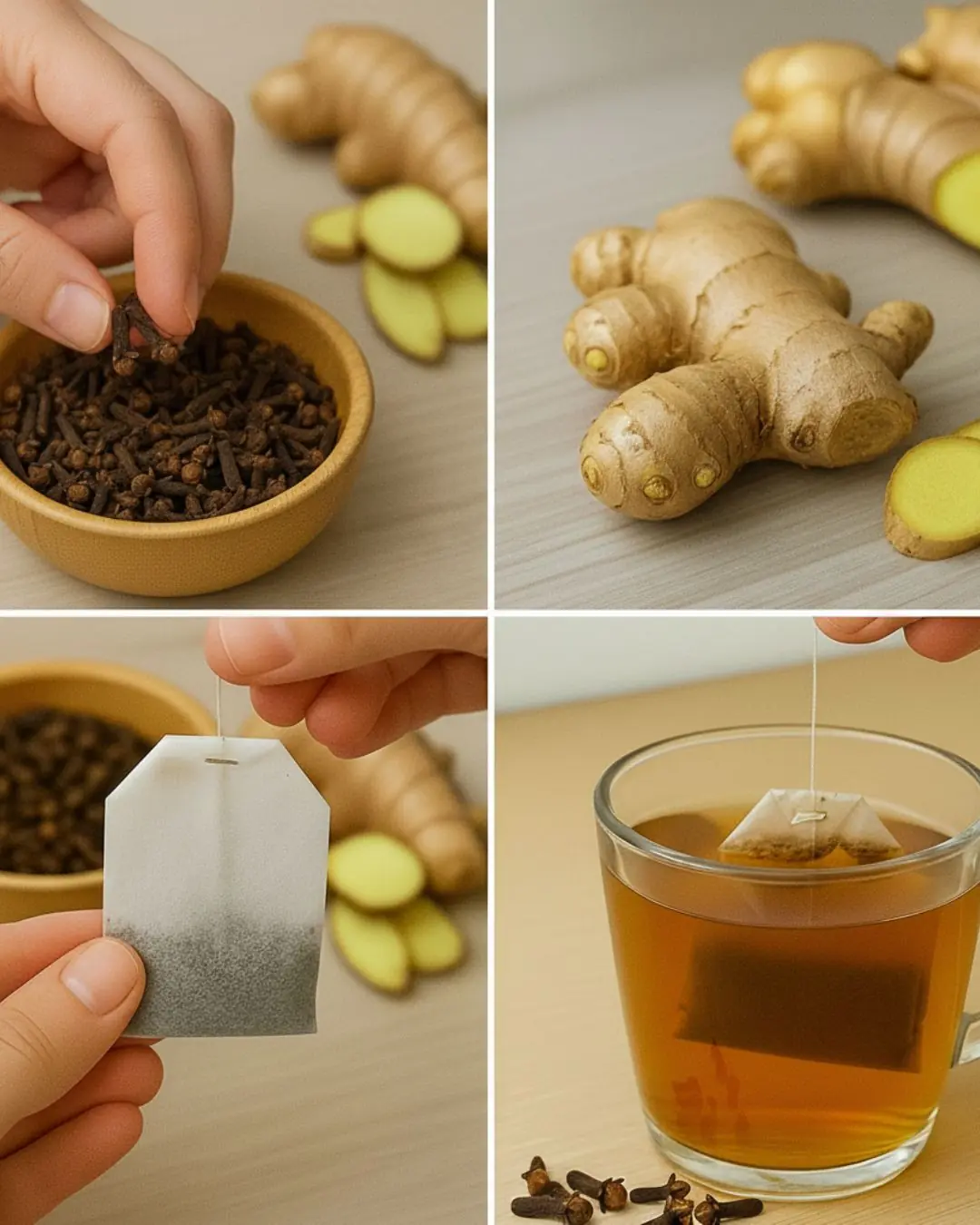
Cloves, ginger, and a Lipton tea bag combined are worth gold

Garlic: Nature’s Secret to Soothing Varicose Veins Naturally

3 Home Remedies to get rid of Skin Tags – Skin Tag Removal

✨ DIY Tomato, Turmeric & Sugar Scrub for Naturally Glowing Skin

Seniors, Eat This Fruit Before Bed to Repair Your Eyes & Vision During Sleep | Senior Health Tips
News Post
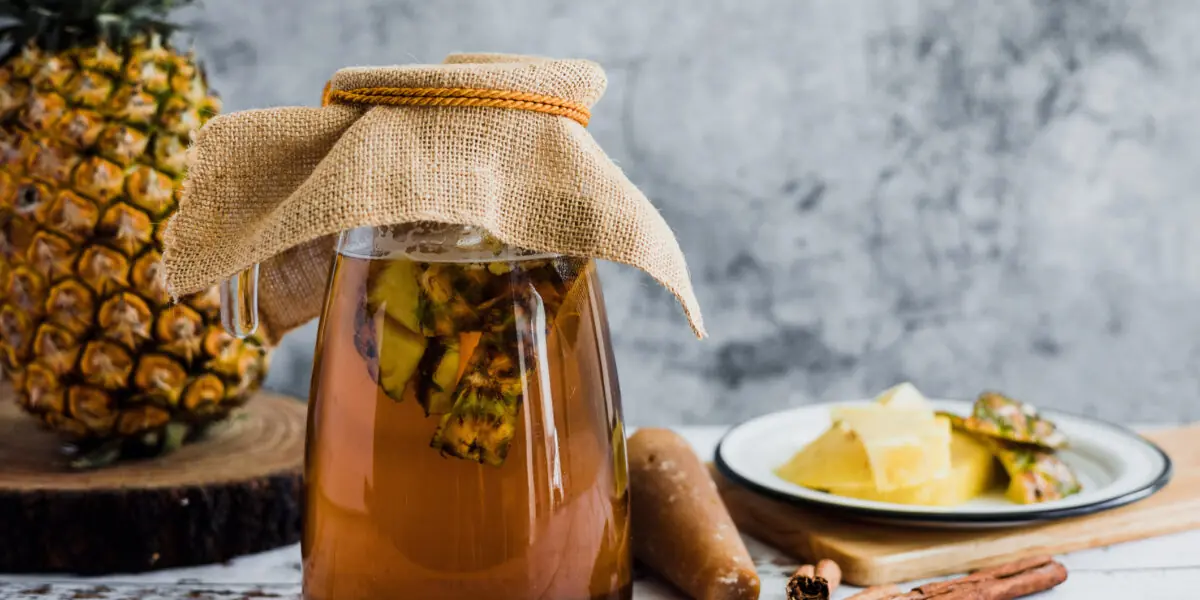
Pineapple Water: A Refreshing Drink That Supports Your Health

The Silent Threat: Recognizing Early Signs of Kidney Disease and Lifestyle Prevention

A Heartwarming Encounter: A Child’s Innocence and the Power of Love.

The Stranger Who Stopped: How One Man’s Compassion Saved a Life on a Busy Georgia Road

Baking Soda (Bicarbonate of Soda): Uses and Benefits (Science Based)

A Father’s Day Gift Like No Other: A Daughter’s Kidney, A Father’s Second Chance

Benefits of Walking: Why Walking is One of the Best Forms of Exercise 🚶♀️

Maliyah’s Fight: A Fifteen-Year-Old Cheerleader Battling Stage 4 Cancer With Courage and Faith

No Cake, No Balloons: A Firefighter’s Quiet Birthday of Purpose and Service

Orangutan Secretly Watches Over Woman During Jungle Survival Challenge

“The Stranger on a Plane: How One Man’s Kindness Gave a Mother the Gift of Rest”

A Little Fighter’s Final Victory: Remembering Bryson’s 1,027-Day Battle

A Match Made in Dog Heaven: A Toddler and Her Puppy Who Share a Special Bond

A Simple Act of Kindness That Changed Everything: The McDonald’s Employee Who Went Above and Beyond

The Mystery of the Milk Bottle Dent

Pick Your Robin

Never leave a charger plugged in when empty: here are the 3 main reasons.

10 Vaseline Hacks You Probably Haven’t Tried Yet

